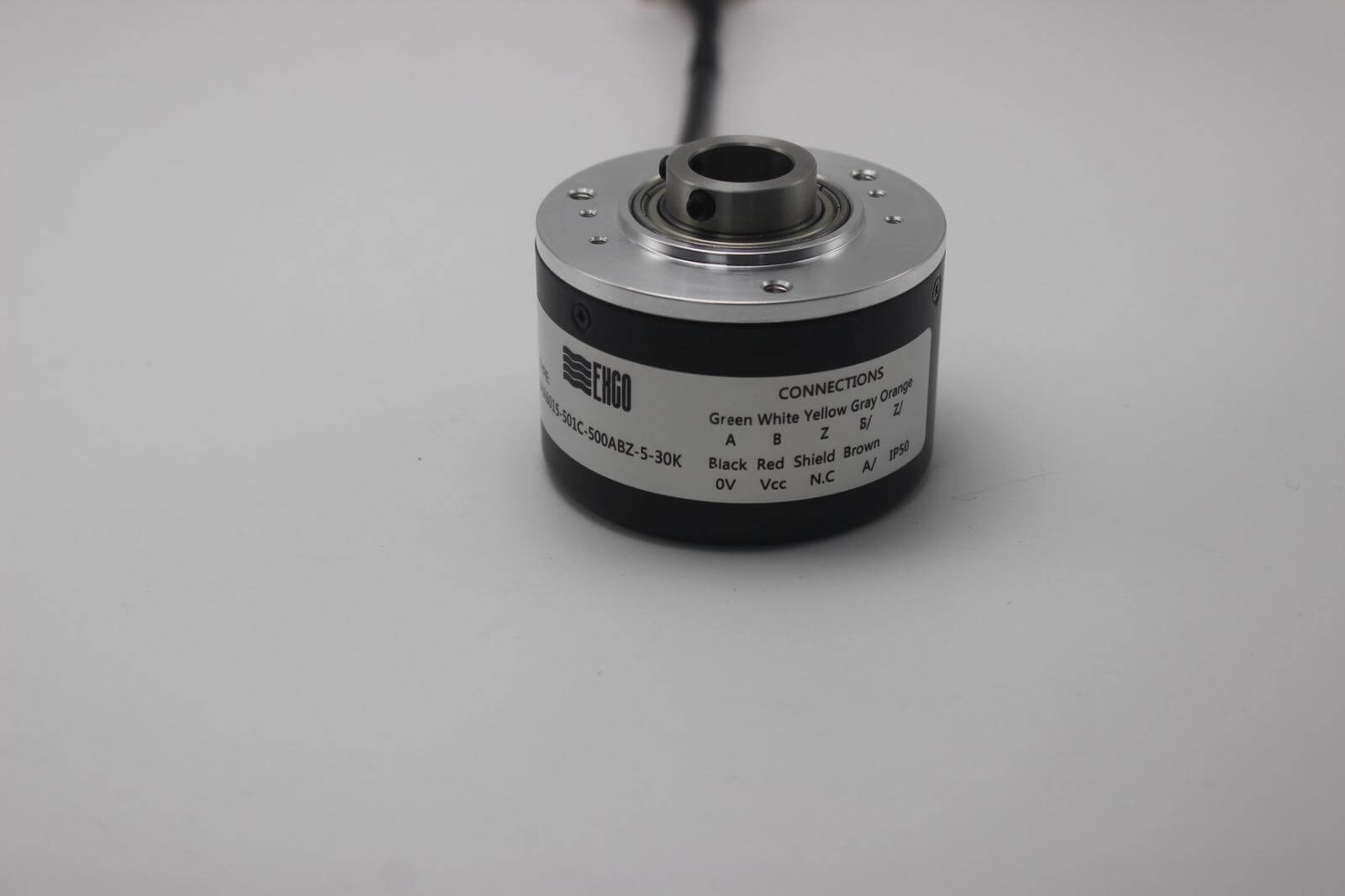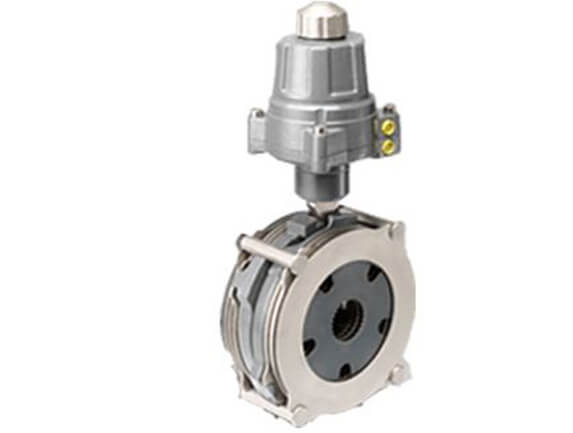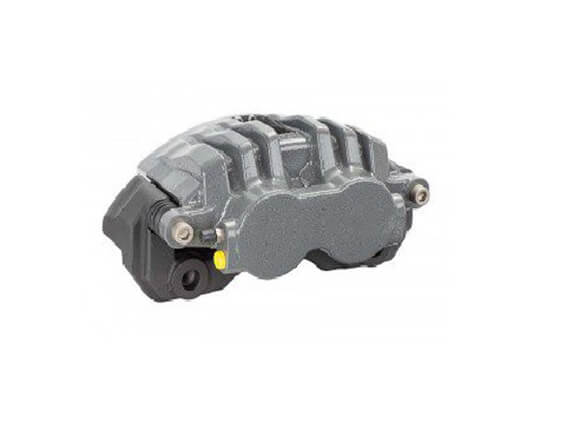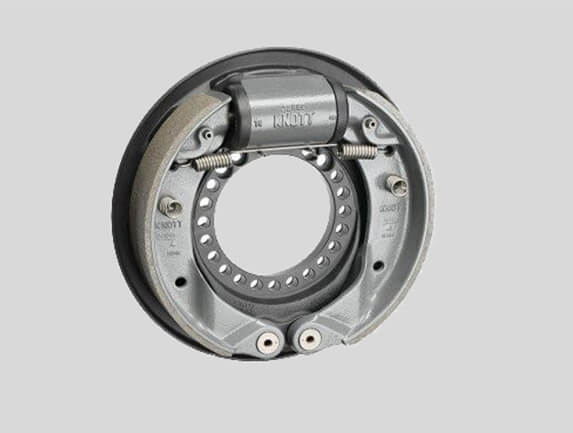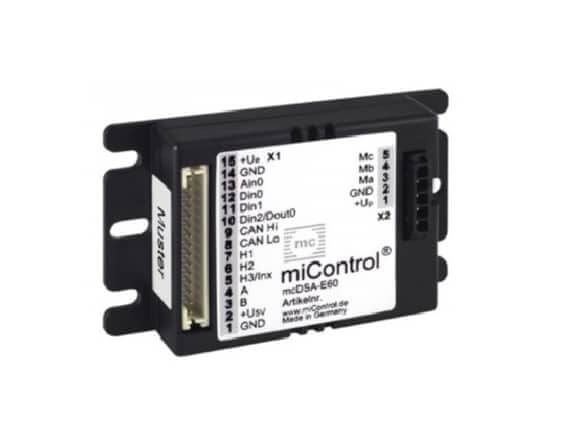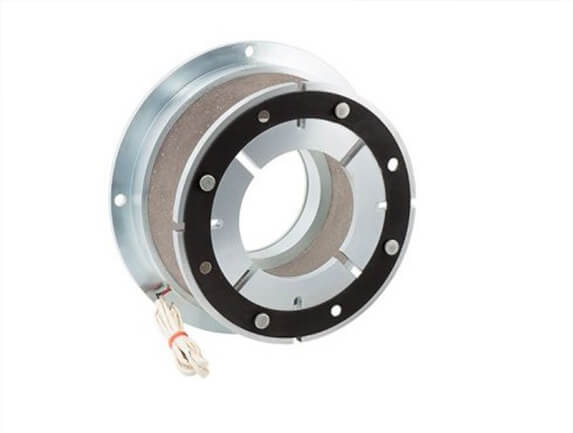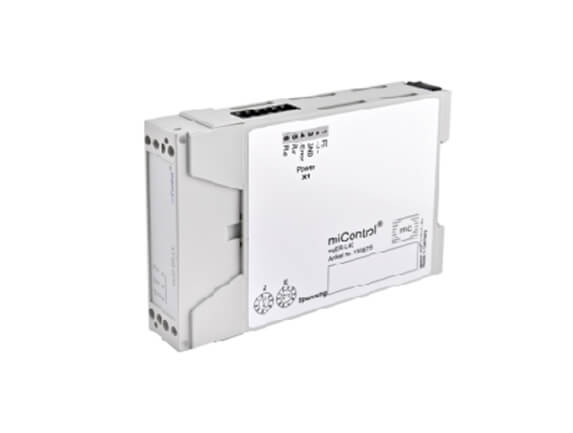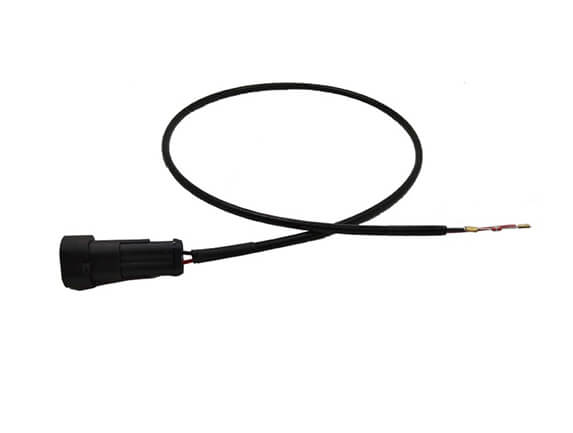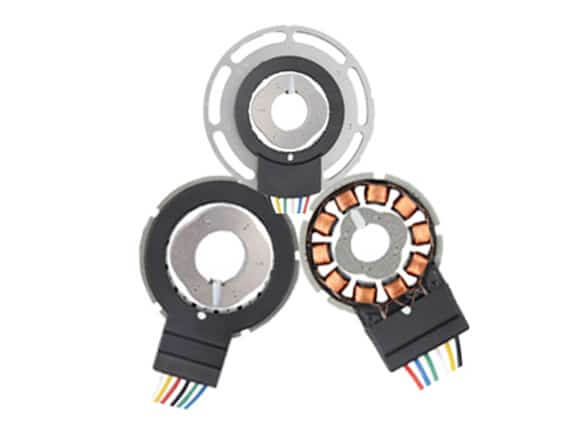What is an Encoder?
An encoder is a sensor that converts mechanical or electrical motion into numerical data, providing information about position and speed. Typically mounted on a shaft or spindle, an encoder measures the rotational movement and converts it into numerical signals, which are then sent back to control systems. In industrial processes, encoders play a crucial role in tasks like precise positioning, speed control, and motion tracking.
Encoders are widely used in various fields, from industrial robotics to CNC machines, automotive industries, and medical devices. These sensors are indispensable components of modern industrial automation, helping to improve process efficiency and precision.
Types of Encoders
- Incremental Encoder: Measures the rotational speed and direction by detecting patterns or holes on a rotating shaft. However, it does not provide position information unless reset with each rotation.
- Absolute Encoder: Provides direct position information by using a unique code for each position, allowing precise position tracking at all times.
Where are Encoders Used?
Encoders are widely used in various industrial applications:
- Industrial Robotics: Encoders allow robots to precisely determine the position and speed of moving parts, ensuring accurate operation.
- CNC Systems: They help achieve high precision during cutting and machining processes.
- Automation Systems: Encoders are used in conveyor belts and automated production lines for positioning and direction control.
- Printing Industry: They ensure the accurate positioning and alignment of paper or materials in printing machines.
- Medical Devices and Aerospace industries also benefit from encoder systems for critical applications like position tracking and motion control.
How Do Encoders Work?
Encoders generally work by converting rotational movement into numerical data. An incremental encoder detects patterns or holes on a rotating disk and provides position and speed information by converting it into digital signals. An absolute encoder, on the other hand, uses a unique code for each position, allowing for precise position determination at any given moment.
Things to Consider When Choosing an Encoder
- Application Requirements: Consider factors like torque capacity, rotational speed, resolution, and the type of output (analog, digital, or serial).
- Operating Environment: Environmental factors like the IP rating should be taken into account, especially in industrial settings.
- Mounting and Compatibility: Ensure proper installation and alignment for accurate measurements.
- Physical Size and Mounting Type: The encoder’s physical dimensions and mounting requirements should be compatible with the application’s layout and positioning.

